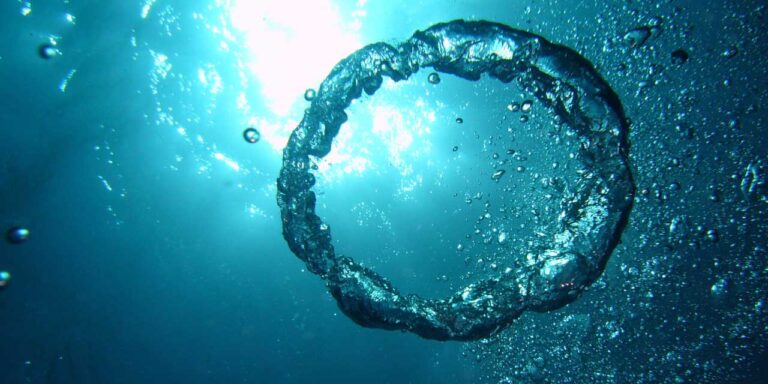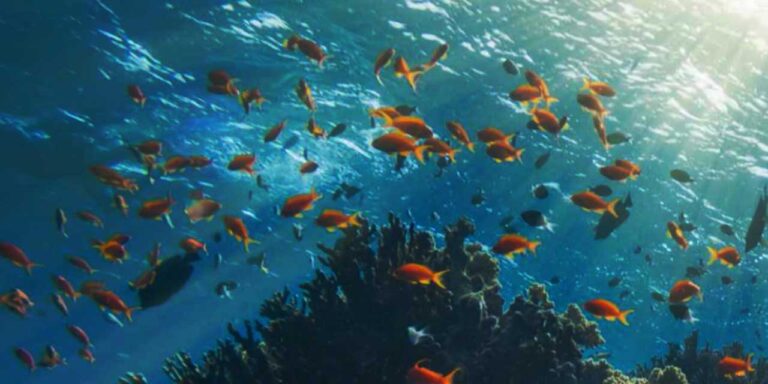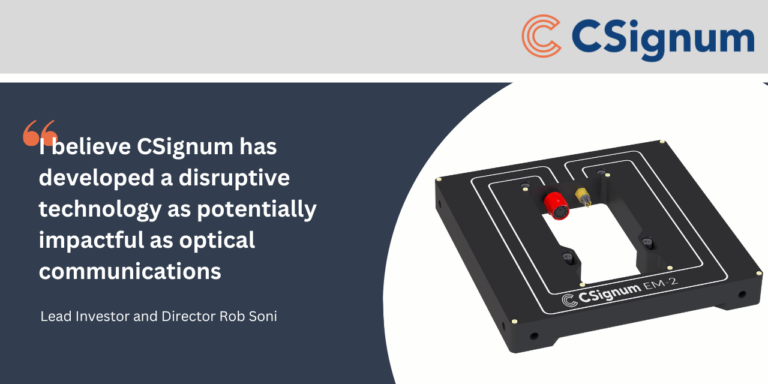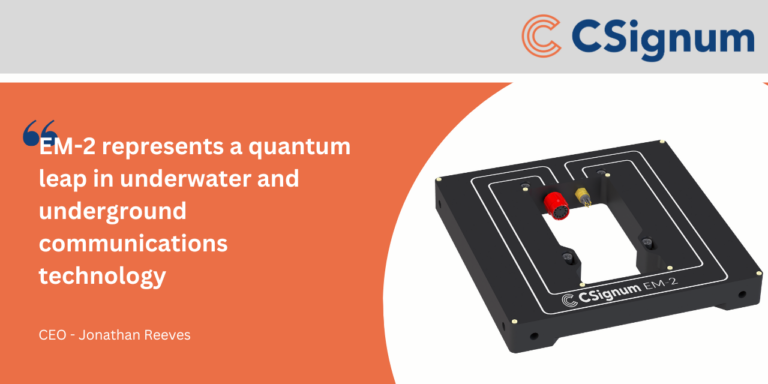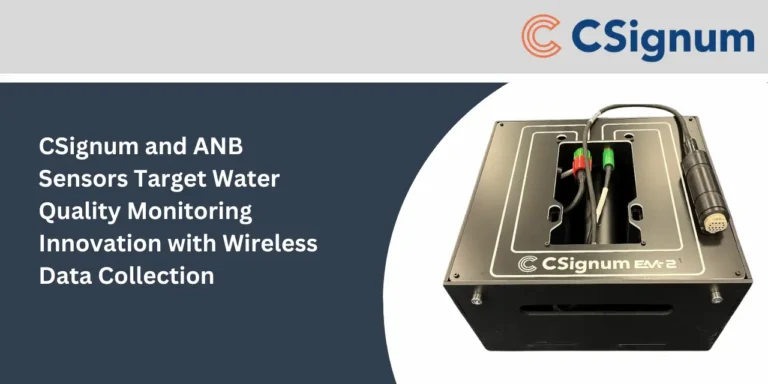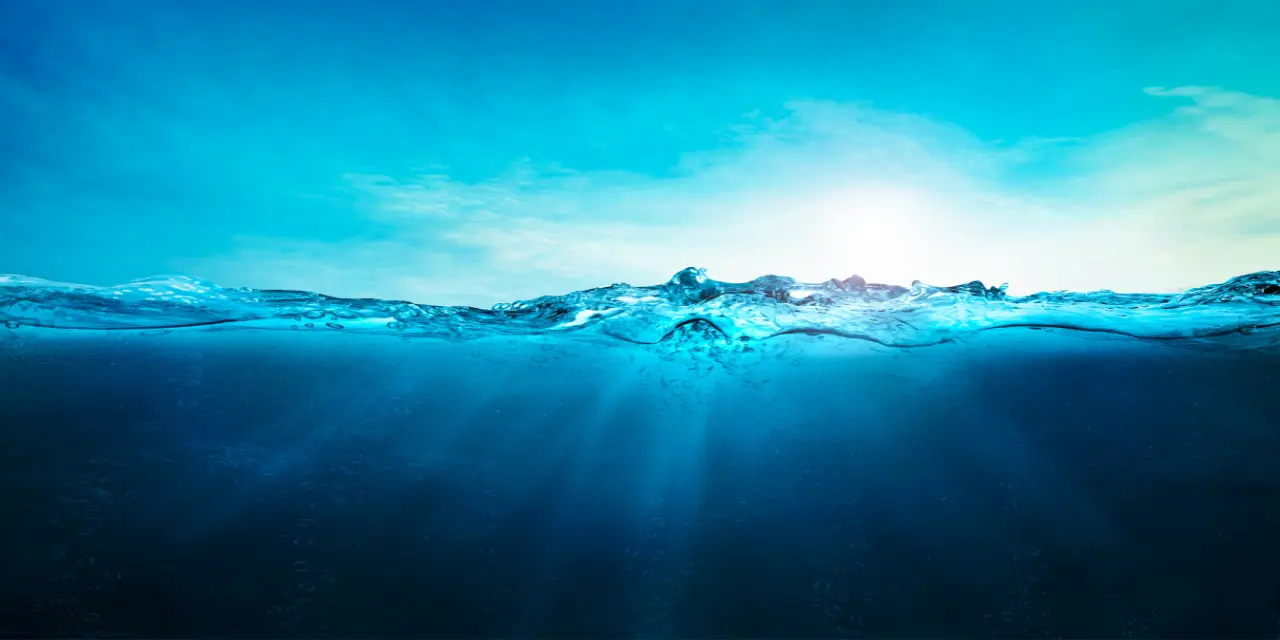
How is this ground-breaking (air-water barrier-breaking) technology solving underwater data collection issues with reliable, cable-free innovation?
Our aim for EM-1 was to create a technology that works where other methods of data transfer don’t. When it comes to data transfer from underwater to above the water, until recently this has only been achievable using cables. Until now.
What is the EM-1?
EM-1 is the name we have given our patented system which uses electromagnetic fields as the energy type to transmit data from one place to another. This includes ALL environments from and to underwater, travelling through the water column, seabed, across the water-air barrier, through turbid or choppy or bio-fouled water, even through concrete or steel.
What makes electromagnetic signalling so great for industry applications?
EM-1 is designed to complement and work alongside established energy types used in acoustic, optical and cabled systems. We don’t need to ‘rip and replace’ all existing equipment, but instead use electromagnetic fields to solve a problem which has never before been solvable with those energy types.
… And the problem is moving data through the surface of the water?
The device you have above the water and the device you have in the water or on the seabed or a subsea structure need to be able to communicate with one another. Our EM system, using electromagnetic technology, is currently the only way data can cross from beneath to above the surface of the water without cables. And vice versa.
The technologies we already have for regular subsea data collection all rely on cables, in-person collection, or perhaps even a process of bringing the sensor up to the surface of the water. These are the sorts of limitations which our technology overcomes.
What other issues impact current technologies?
Limitations of current data transfer technologies include splash zones, adverse water or weather conditions, locations which are not suitable for cabling (for instance, fragile ecosystems such as coral reefs, or seabeds where there will be excessive scour), shallow waters and – before now something which was simply impossible for anything other than cabling – bringing the data straight through the water-air barrier.
Data transfer with cables will always present problems, not only because of their impact on the environment, but the in-person and ongoing maintenance they require. Cables cost – not only in terms of installation but in total cost of ownership – because they fail so reliably! Repeated stresses from wave motion will eventually cause snags and the cable will, at some point, fail. It’s expensive for a dive team to go down and fix a cable – especially if it’s happening a lot, which we know it does!
Acoustic and optical communication-based systems both provide underwater wireless connectivity, but still with limitations. Acoustic systems have a fairly low data rate and channel quality problems in shallow or turbid water, and may also adversely affect marine life. Optical systems cover medium distances but again only in decent water/weather conditions. Both types can be expensive to deploy and maintain. And neither can transmit their data through the water-air barrier.
What’s different about our technology?
It’s reliable, silent and consistent.
It will work in all water conditions – the muddier and murkier the better! There is huge flexibility in where it can be deployed compared to the other methods of data transfer. Busy shipping lanes, surf-break splash zones, on the nets of an aquaculture farm, inside the foundations of a wind turbine. You can pretty much put it anywhere, even encased in concrete or steel. Electromagnetic signals can pass through so many different substances. And our EM-1 modem can be used either in place of or in tandem with your existing transceiver equipment, using standard industry interfaces.
There is no expensive maintenance. Its reliability, rugged build, long battery life, use of ‘deep sleep’ mode (asleep not idle) for ultra-low power transmissions, all these features mean a lot less in-person maintenance.
We talk a lot about resilience, and by this we mean how electromagnetic fields are NOT impacted by their environment, eliminating that risk of being attenuated or damaged or reduced by the surroundings. This means that our technology not only transmit through the surface of water and back again, but also through all types of water, seawater, freshwater, clear, opaque, scummy, dank and dirty, calm, stormy, splashy – whatever the water, EM-1 modems carry on regardless.
This resilience in terms of environmental impact also works the other way round: the EM modem is much less disruptive to the environment than the other methods of underwater data collection. No need for cabling and no need to dislodge and remove sensors from their positions for regular data collection.
Electromagnetic technology is smart and designed to work with what you already have. The possibilities for more thorough, reliable and detailed data collection are endless.

